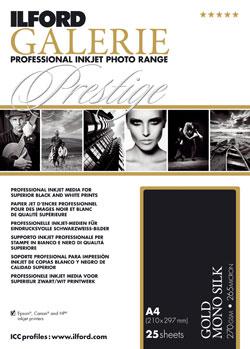George Schaub
|
May 31, 2014 |
First Published: May 01, 2014
|
May 28, 2014
|
May 28, 2014
|
May 20, 2014 |
First Published: Apr 01, 2014
|
May 13, 2014 |
First Published: Apr 01, 2014
|
Apr 24, 2014
|
Apr 24, 2014
|
Apr 07, 2014 |
First Published: Mar 01, 2014
|
Mar 21, 2014 |
First Published: Feb 01, 2014








